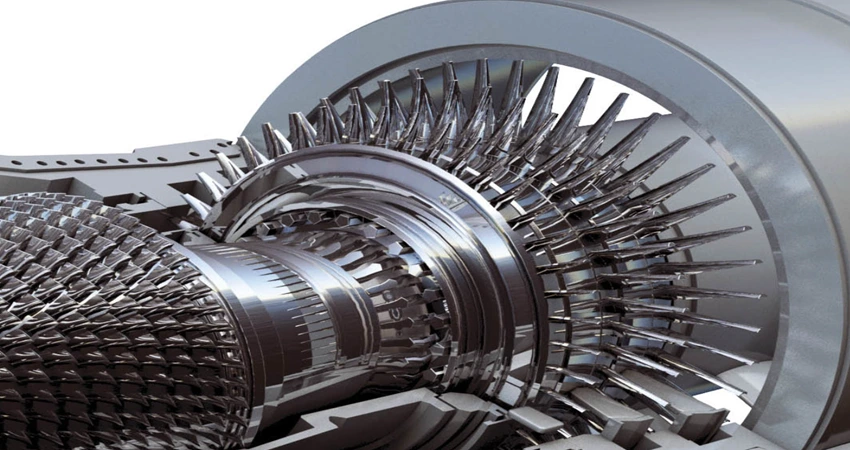(a) Capacitors connected in parallel
Figure shows three capacitors, C1, C2 and C3, connected in parallel with a supply voltage V applied across the arrangement.
When the charging current I reaches point A it divides, some flowing into C1, some flowing into C2 and some into C3. Hence the total charge QT ( = I × t) is divided between the three capacitors.

The capacitors each store a charge and these are shown as Q1, Q2 and Q3 respectively. Hence
QT = Q1 + Q2 + Q3
But QT = CV, Q1 = C1V, Q2 = C2V and Q3 = C3V. Therefore CV = C1V + C2V + C3V where C is the total equivalent circuit capacitance, i.e.
C = C1 + C2 + C3
It follows that for n parallel-connected capacitors,
C = C1 + C2 + C3 ······ + Cn
i.e. the equivalent capacitance of a group of parallel connected capacitors is the sum of the capacitances of the individual capacitors. (Note that this formula is similar to that used for resistors connected in series).
(b) Capacitors connected in series
Figure shows three capacitors, C1, C2 and C3, connected in series across a supply voltage V. Let the p.d. across the individual capacitors be V1, V2 and V3 respectively as shown.

Let the charge on plate ‘a’ of capacitor C1 be +Q coulombs. This induces an equal but opposite charge of −Q coulombs on plate ‘b’. The conductor between plates ‘b’ and ‘c’ is electrically isolated from the rest of the circuit so that an equal but opposite charge of +Q coulombs must appear on plate ‘c’, which, in turn, induces an equal and opposite charge of −Q coulombs on plate ‘d’, and so on.
Hence when capacitors are connected in series the charge on each is the same. In a series circuit:
V =V1 +V2 +V3
Since ![]()
where C is the total equivalent circuit capacitance, i.e.
![]()
It follows that for n series-connected capacitors:
![]()
i.e. for series-connected capacitor, the reciprocal of the equivalent capacitance is equal to the sum of the reciprocals of the individual capacitances. (Note that this formula is similar to that used for resistors connected in parallel).
For the special case of two capacitors in series:
![]()
Hence
![]()
| Read More Topics |
| Alternative and renewable energy sources |
| EMF and internal resistance of a cell |
| Chemical effects of electric current |
| Standard symbols for electrical components |





